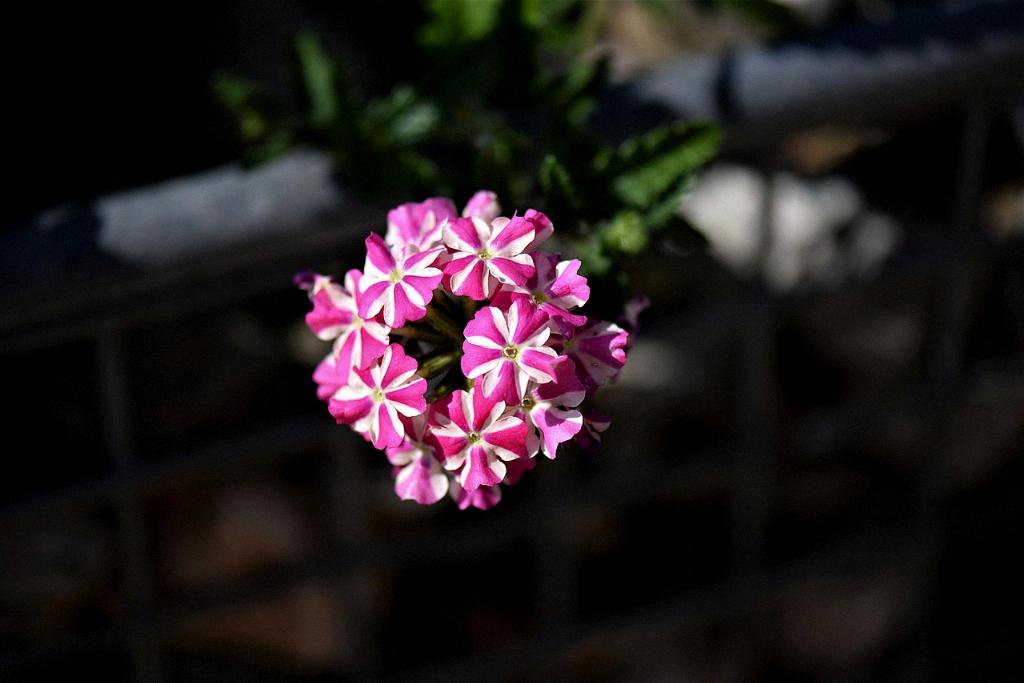When it comes to maintaining the health and beauty of your petunias, deadheading is a crucial task that should be done regularly. Deadheading is the process of removing spent or faded flowers from the plant to encourage new growth and prolong the blooming period. In this guide, we will walk you through the steps of deadheading your petunias effectively.
1. Identify the Spent Flowers
The first step in deadheading petunias is to identify the flowers that are past their prime. Look for blooms that are wilted, faded, or drooping. These are the flowers that need to be removed to make room for new growth.
2. Prepare Your Tools
Before you start deadheading, make sure you have the right tools on hand. You can use pruning shears, scissors, or even your fingernails to remove the spent flowers. It’s essential to use sharp and clean tools to prevent any damage to the plant.
3. Locate the Stem
Once you’ve identified the spent flowers, locate the stem just below the flower head. You’ll want to get as close to the stem as possible to ensure a clean cut and promote healthy regrowth.
4. Cut the Stem
Gently snip or pinch the stem just below the faded flower. Make sure to cut at a slight angle to prevent water from pooling on the cut surface, which can lead to rot.
5. Remove Dead Flowers Regularly
Make deadheading a regular part of your gardening routine, especially during the blooming season. Removing dead flowers promptly will encourage the plant to produce new buds and prolong the flowering period.
6. Monitor the Plant’s Growth
Keep an eye on your petunias after deadheading to track their growth and health. Healthy plants will produce new growth and abundant flowers in the weeks following deadheading.
7. Dispose of the Spent Flowers
After deadheading, collect the removed flowers and discard them properly. This will not only keep your garden looking tidy but also prevent the spread of diseases or pests.
8. Provide Adequate Water and Sunlight
Ensure your petunias receive sufficient water and sunlight after deadheading to support their regrowth. Water the plants deeply but allow the soil to dry out slightly between waterings to prevent root rot.
9. Fertilize the Plants
Consider fertilizing your petunias after deadheading to replenish nutrients in the soil. Choose a balanced fertilizer that is suitable for blooming plants and follow the recommended application guidelines.
10. Prune Overgrown Branches
If you notice any overgrown or leggy branches on your petunias, consider pruning them to promote a bushier and more compact growth habit. Pruning can help the plant allocate energy to new growth.
11. Enjoy the Benefits of Deadheading
By regularly deadheading your petunias, you will not only maintain the plant’s appearance but also stimulate continuous blooming throughout the season. Your efforts will be rewarded with a vibrant and healthy garden display.
12. Conclusion
Deadheading petunias is a simple yet effective way to promote healthy growth and extended blooming. By following the steps outlined in this guide and staying attentive to your plants’ needs, you can enjoy a lush and colorful garden filled with beautiful petunias.

